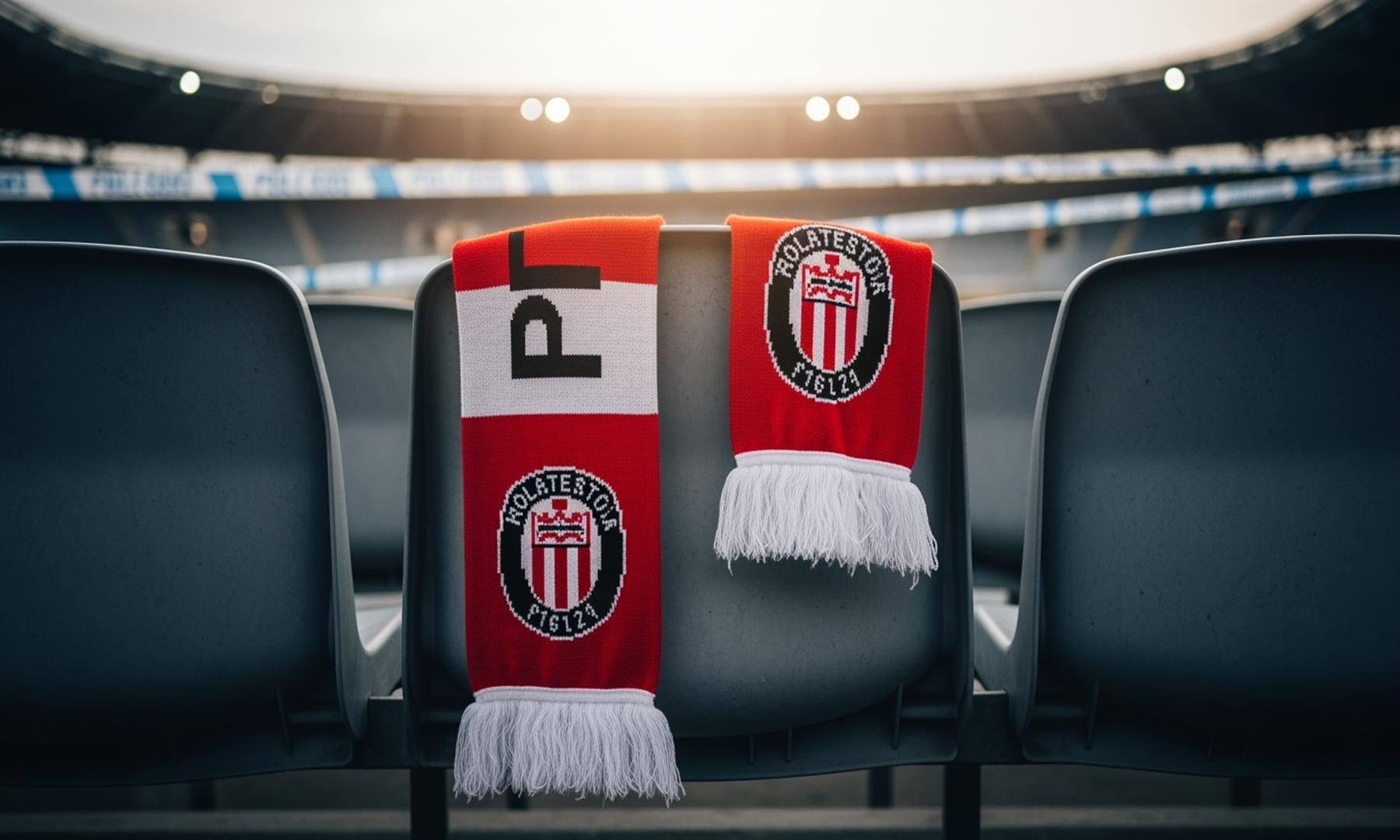What's Happening?
The 2025 NFL draft featured two prominent running backs from The Ohio State Buckeyes, TreVeyon Henderson and Quinshon Judkins, who were selected in the second round by the New England Patriots and Cleveland
Browns, respectively. The Browns, having traded down from the second overall spot, acquired Judkins and DT Mason Graham, along with an extra first-round pick for the 2026 draft. Judkins has made a significant impact, despite missing the first game due to a late contract signing, by matching a Cleveland rookie record for touchdowns. He has accumulated 467 rushing yards and five touchdowns over six games. Conversely, Henderson has struggled to find his footing with the Patriots, recording only 153 rushing yards and one touchdown on 43 attempts. His limited usage in recent games has raised concerns about his adaptation to the NFL pace.
Why It's Important?
The contrasting performances of Judkins and Henderson highlight the unpredictable nature of rookie transitions into the NFL. Judkins' success underscores the Browns' strategic draft decisions, potentially setting a foundation for future team development. Meanwhile, Henderson's challenges reflect the difficulties rookies can face in adapting to professional play, impacting the Patriots' offensive strategy. These developments could influence team dynamics and decision-making in upcoming games, affecting playoff prospects and long-term player development strategies.
What's Next?
As the Browns and Patriots prepare to face each other in Week 8, the performance of these rookie running backs will be closely watched. Judkins' continued success could solidify his role as a key player for the Browns, while Henderson will aim to overcome early-season struggles to secure more playing time. The outcome of this matchup may influence coaching decisions and player utilization strategies for both teams moving forward.
Beyond the Headlines
The differing trajectories of Judkins and Henderson may prompt discussions on the effectiveness of rookie training programs and the importance of preseason performance as indicators of regular season success. Additionally, the Browns' draft strategy, including trading down for future picks, could serve as a model for other teams seeking long-term growth over immediate gains.












